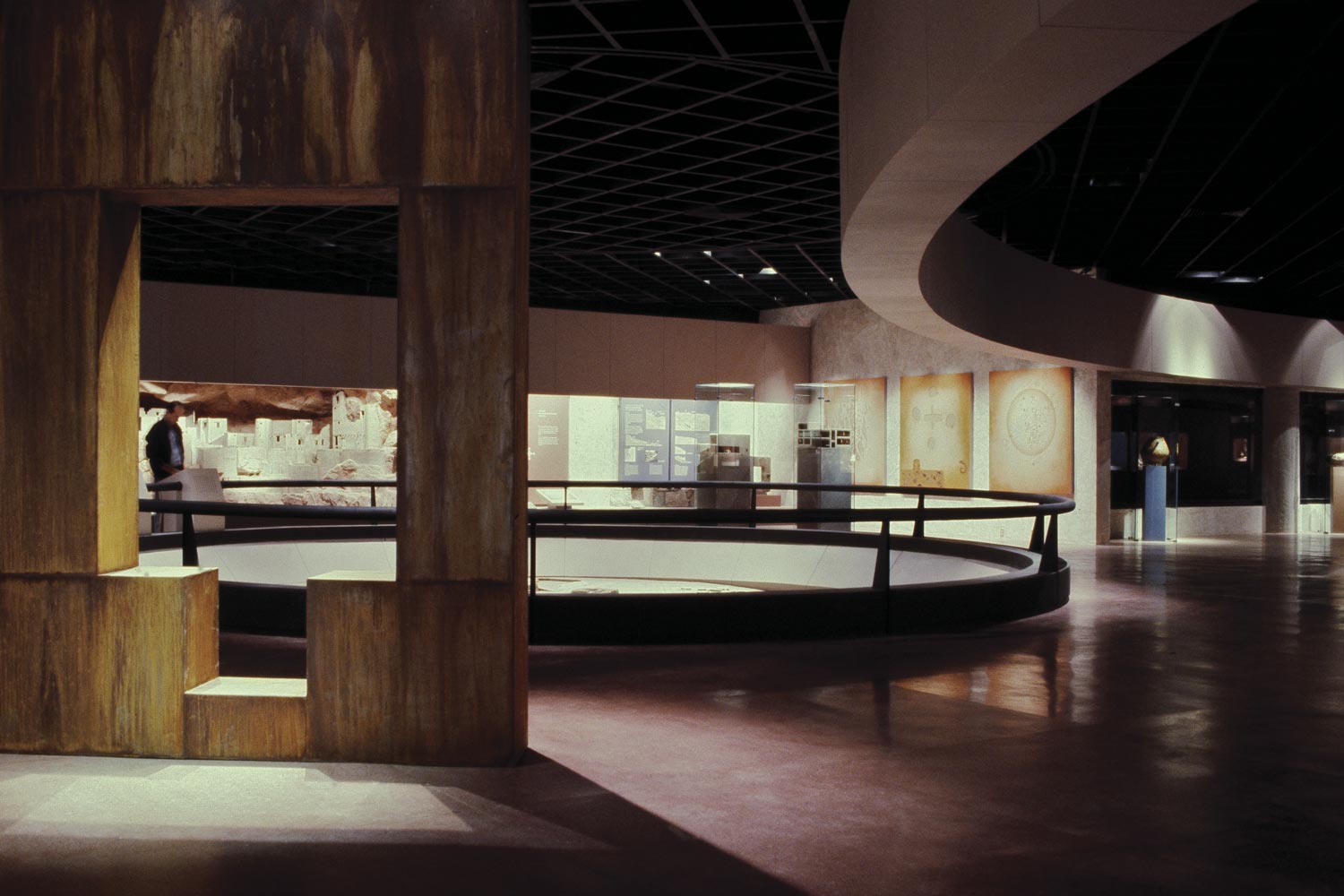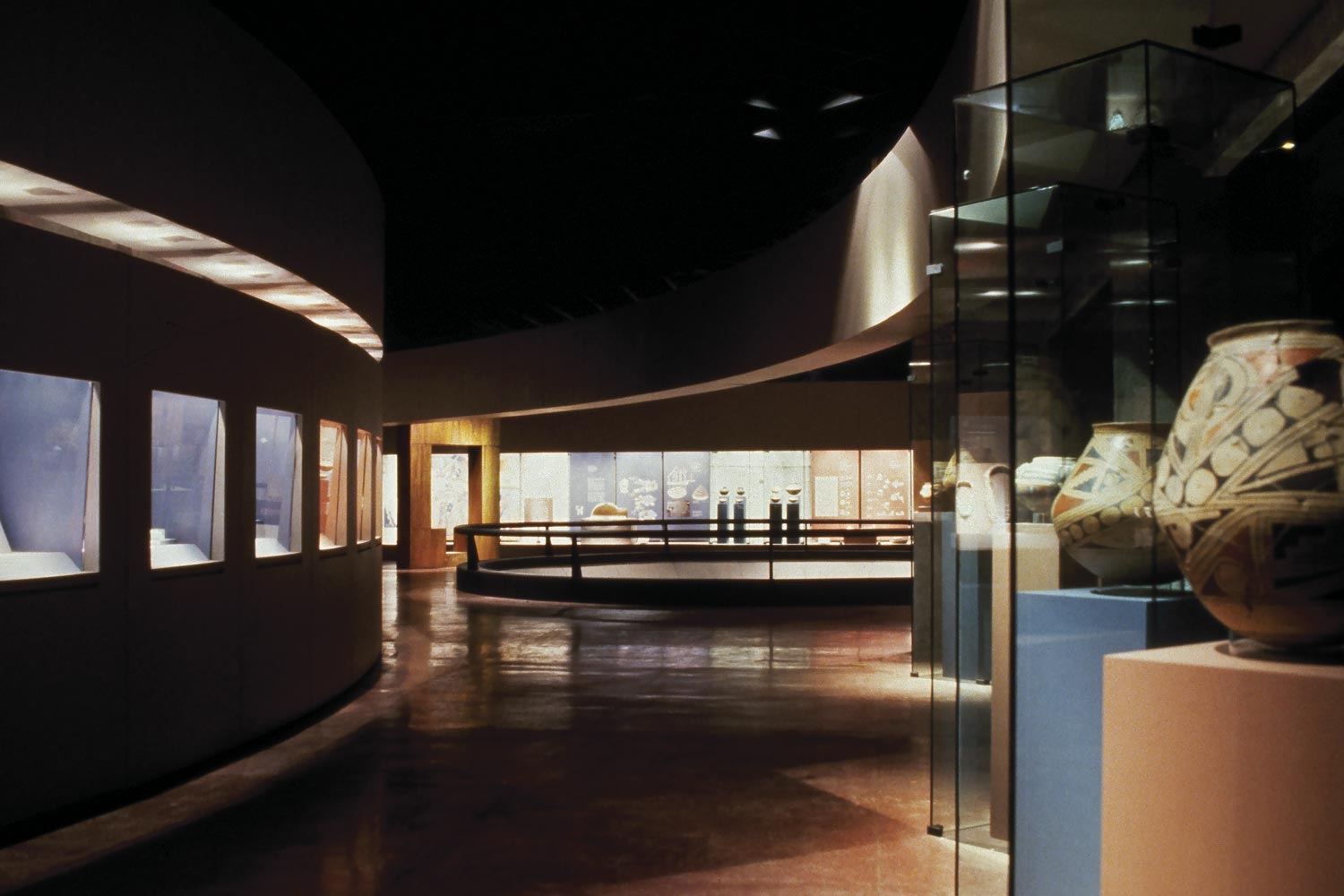National Institute of Anthropolgy and History (INAH) | Archeological Zone of Paquime, Casas Grandes, Chihuahua State, Mexico
About the project
Paquimé is the most important archeological zone in northern Mexico and one of the main zones in the vast region called the Grand Chichimeca. Building began around 1200 A.D. and reached its zenith between 1300 and 1450 A.D., when it became a commercial and religious centre of great importance.
The exhibition follows a chronological sequence, from the first settlers in the region to the period of the city’s greatest splendor, showing the characteristics of its adobe architecture, its people, their economic activities, daily lives and religion, and concluding with its destruction and abandonment. A synopsis of regional history is also presented, highlighting some of it emblematic moments and characters. Finally, expressions of the culture of the indigenous groups that still inhabit northern Mexico and the southeastern United States are also presented.
The museum building is organized around a large circular central courtyard and has three exhibition halls, each one related to a differently shaped courtyard. To emphasize the articulation of the spaces and main circulation between the halls, a gallery was created around the central circular courtyard defined by two large suspended beams, whose curves establish a vigorous contrast with the grid ceiling. The exhibition design was made without formal divisions, to open long perspectives and visually link the exhibition areas to the exterior courtyards, to link the expository function with the structuring of the spaces, through sombre shapes and colors that bring out the aesthetic value of the pieces and achieve a balance between these and the didactic elements.
“Silver Medal” Award
IV Biennial of Mexican Architecture, 1996 Federation of Colleges of Architects of the Mexican Republic.

